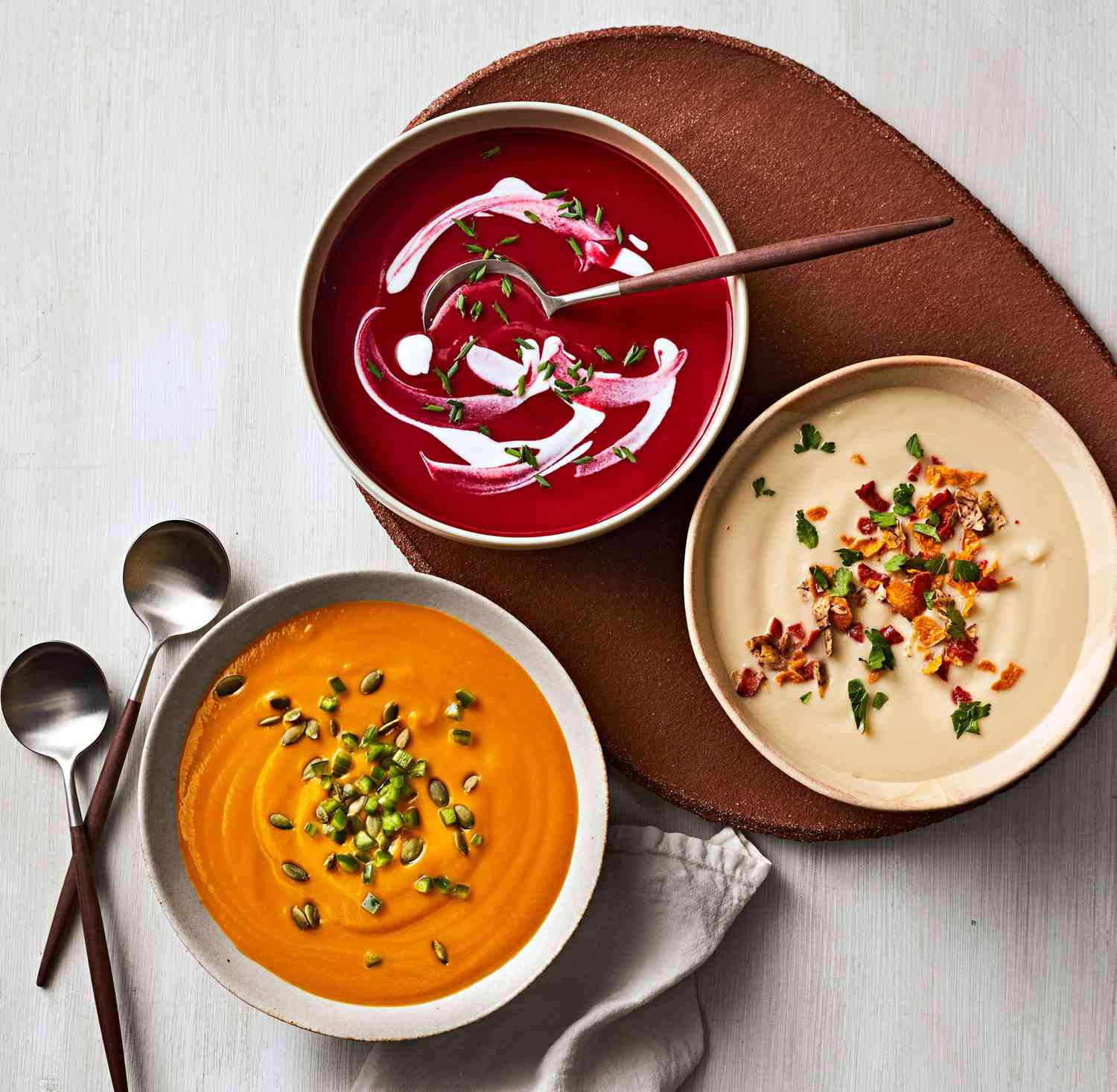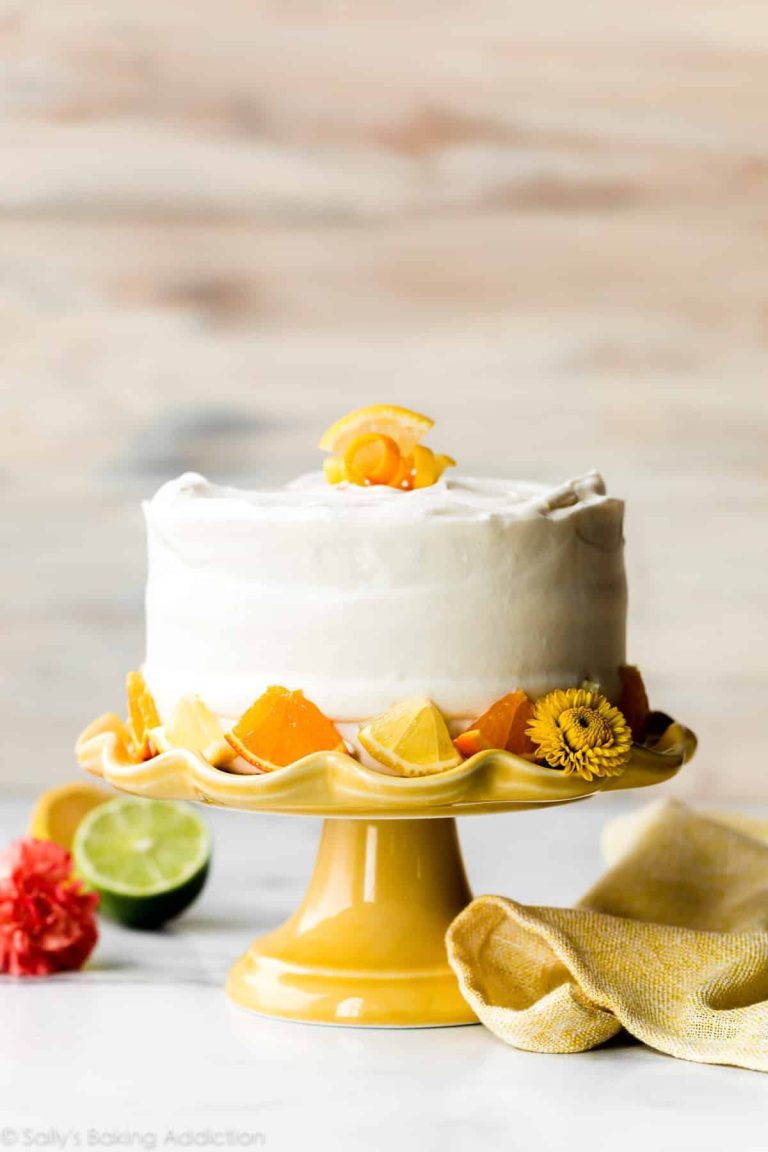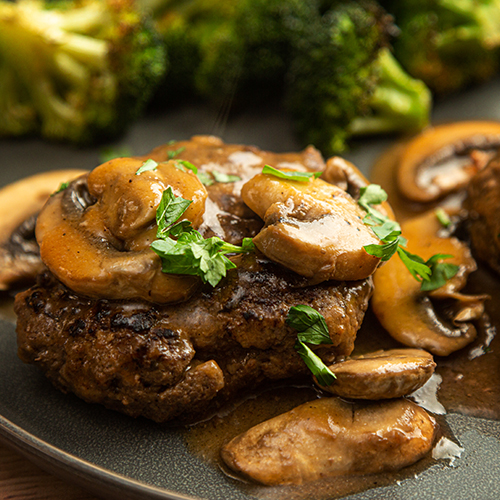Carrot Casserole: History, Recipes, Tips, and Festive Variations
Carrot casserole dates back to early American homemaking when resourceful cooks sought practical ways to use root vegetables. The dish gained popularity during the 20th century as recipes incorporating creamy soups and cheeses emerged, offering a delightful combination of flavors and textures. The addition of breadcrumbs or crunchy toppings became a common practice, providing a pleasing contrast to the soft carrots and creamy base.
Regional Variations
In different parts of the United States, carrot casserole features unique twists based on local culinary traditions. In the South, you might find versions with pecans or a hint of brown sugar for added sweetness. Northeastern recipes often highlight savory elements like herbs and spices to balance the natural sweetness of the carrots. These regional variations demonstrate the adaptability of carrot casserole to diverse tastes and preferences, making it a beloved dish across the country.
Key Ingredients in Carrot Casserole
Carrots: Benefits and Selection
Carrots serve as the core ingredient in carrot casserole, providing both flavor and nutrition. Rich in beta-carotene, they support eye health and immune function. High in antioxidants, carrots help protect against chronic diseases. When selecting carrots, choose firm, vibrant ones without cracks or blemishes. Smaller carrots tend to be sweeter and more tender, ideal for casseroles. Organic carrots ensure fewer pesticide residues.
- Creamy Soups: Cream of mushroom or chicken soup adds richness and creaminess. These soups bind other ingredients together, enhancing texture.
- Cheeses: Cheddar or mozzarella cheese provides a savory depth. Cheese melts evenly, creating a creamy consistency.
- Herbs and Spices: Thyme, rosemary, and black pepper balance the natural sweetness of carrots. Spices enhance the dish’s complexity.
- Toppings: Breadcrumbs, crushed crackers, or fried onions impart a crunchy finish. Toppings contrast with the casserole’s soft interior.
- Sweeteners: Brown sugar or honey introduces a subtle sweetness. This is common in Southern variations.
- Nuts: Chopped pecans or walnuts add texture and a nutty flavor. Nuts complement the sweetness of carrots.
How to Prepare Carrot Casserole
Step-by-Step Guide
- Gather Ingredients: Collect 4 cups of sliced carrots, 1 can of cream of mushroom soup, 1 cup of shredded cheddar cheese, 1/2 cup of chopped onions, 1/2 cup of bread crumbs, 1/4 cup of melted butter, and salt and pepper to taste.
- Preheat Oven: Set your oven to 350°F to ensure it reaches the correct temperature for baking.
- Boil Carrots: Place the sliced carrots in a pot of boiling water and cook for about 10-12 minutes until tender but not mushy. Drain the water.
- Sauté Onions: Heat a skillet over medium heat using 2 tablespoons of butter. Sauté onions until they become translucent, usually taking about 5 minutes.
- Mix Ingredients: In a large bowl, combine the boiled carrots, sautéed onions, cream of mushroom soup, shredded cheddar cheese, salt, and pepper. Stir until the mixture is well combined.
- Transfer to Baking Dish: Grease a 9×13 inch baking dish with butter or cooking spray. Pour the mixture into the dish, spreading it out evenly.
- Add Topping: Combine bread crumbs with the remaining melted butter and sprinkle this mixture over the casserole.
- Bake: Place the baking dish in the preheated oven and bake for 30-35 minutes, or until the top is golden brown and the casserole is bubbly.
- Carrot Texture: Ensure carrots are tender but not overcooked to maintain a satisfying bite.
- Cheese Selection: Use sharp cheddar cheese for a richer flavor, or a blend for different taste profiles.
- Seasoning: Add herbs like thyme or parsley for enhanced flavor. Ensure salt and pepper are balanced to complement the natural sweetness of carrots.
- Topping Variations: Experiment with different toppings like crushed crackers or grated Parmesan for added crunch and variation.
- Sweetness Balance: If adding sweeteners like brown sugar or honey, limit the amount to avoid overwhelming the savory elements.
- Nut Addition: Incorporate chopped pecans or walnuts for extra texture and a nutty flavor.
Consistency in these steps ensures a delicious carrot casserole with a perfect blend of textures and flavors.
Popular Variations of Carrot Casserole
Vegan and Vegetarian Options
Achieve a delicious carrot casserole without animal products by using plant-based substitutes. Replace dairy cheese with vegan cheese, and use coconut cream or almond milk instead of traditional cream. Add nutritional yeast for a cheesy flavor, and include herbs like thyme, rosemary, or oregano for an aromatic touch.
Festive and Holiday Specials
For holidays, elevate your carrot casserole with festive ingredients. Add a layer of dried cranberries or raisins for sweetness and a hint of tartness. Incorporate a crunchy topping using pecans or walnuts mixed with breadcrumbs and a touch of brown sugar. Season with nutmeg and cinnamon for a warm, holiday spice blend.
Serving and Pairing Suggestions
Best Pairings with Carrot Casserole
Emphasize pairing options to enhance the carrot casserole experience. For a well-rounded meal, serve the casserole alongside a fresh green salad, such as arugula with lemon vinaigrette. Incorporate protein like roasted chicken or grilled fish to balance the sweetness of the casserole. A crisp white wine, like Sauvignon Blanc, complements the dish’s flavors nicely. For a vegetarian option, consider a side of quinoa or lentils to add texture and nutrients.
Serving Sizes and Presentation
Ensure each serving offers balanced portions. Typically, a carrot casserole serves 6-8 people if you use a standard 9×13-inch baking dish. For individual servings, slice a 2-inch square portion.
Use vibrant garnish to elevate presentation. Sprinkle fresh herbs like parsley or chives on top before serving. Consider serving the casserole in individual ramekins for a more elegant touch at dinner parties.
Conclusion
Carrot casserole is a versatile and nutritious dish that can easily become a staple in your meal rotation. Whether you’re aiming for a traditional recipe or exploring vegan and festive variations, the options are endless. Pair it with a fresh green salad or a protein like roasted chicken to create a balanced and satisfying meal. Don’t forget to add those finishing touches with vibrant garnishes or try serving in individual ramekins for a more elegant presentation. Dive into the world of carrot casserole and elevate your culinary repertoire with this delicious, crowd-pleasing dish.






